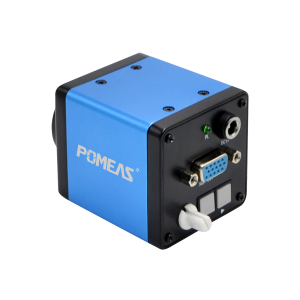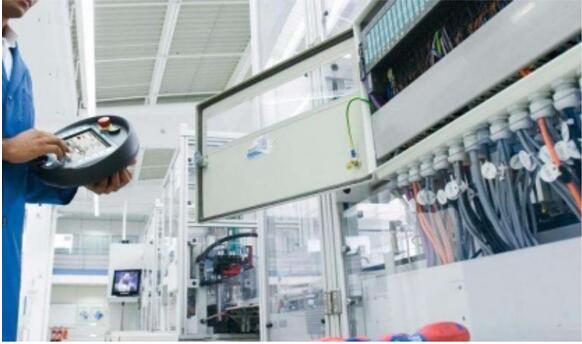CCD (Charge Coupled Device) and CMOS (Complementary Metal Oxide Semiconductor) are two imaging devices commonly used in machine vision, there are significant differences between them, the article from the material, principle, imaging aspects and uses of the four aspects of the detailed inventory:


Differences in materials
CCD: Integrated on semiconductor single-crystal materials, the manufacturing process is more complex, and only a few manufacturers in the world are capable of producing CCD wafers, such as Sony and Panasonic.
CMOS: Integrated on semiconductor materials called metal oxides, this process is the same as that used to produce tens of thousands of semiconductor integrated circuits such as computer chips and storage devices.
Differences in principle
CCD: Converts light signals into electrical charges by means of the photoelectric effect. These charges are transmitted to the outputs of the sensor through a special charge transfer mechanism, which in turn generates an image by means of an amplification and conversion process. The charge signal of each pixel is transmitted to a common output for processing.
CMOS: Each pixel point has its own amplification circuitry that directly converts the light signal into a voltage signal, so each pixel can process its own signal independently. Integration of digital signal processing and image acquisition is achieved by integrating multiple circuit elements (e.g., amplifiers, converters, etc.) within each pixel.
Differences in imaging
Sensitivity: Since each pixel of a CMOS sensor consists of four transistors and a photodiode (with amplifier and A/D conversion circuitry), the light-sensitive area of each pixel is much smaller than the surface area of the pixel itself, and therefore the sensitivity of CMOS sensors is lower than that of CCD sensors when the pixel size is the same.
Resolution: Each pixel of a CMOS sensor is more complex than that of a CCD sensor, and its pixel size can hardly reach the level of a CCD sensor. Therefore, when comparing CCD and CMOS sensors of the same size, the resolution of a CCD sensor is usually superior to the level of a CMOS sensor.
Noise: Since each photodiode of a CMOS sensor needs to be paired with an amplifier, and amplifiers belong to analog circuits, it is difficult to make the results obtained from each amplifier consistent, so compared to a CCD sensor with only one amplifier placed on the edge of the chip, the noise of a CMOS sensor increases a lot, affecting the quality of the image.
Color reproduction and exposure: CCD sensors are usually superior to CMOS sensors in terms of imaging transparency, sharpness, color reproduction and exposure control.
Differences in use
CCD: Due to their excellent image quality and low noise, CCDs are widely used in photography, astronomical observation, high-end scanners and video cameras. In addition, CCD sensors are usually larger and less integrated, making them suitable for application scenarios where image quality is critical but miniaturization is not required.
CMOS: Widely used in consumer electronics and security devices such as cell phones, digital cameras, car cameras, surveillance cameras, etc. due to its low power consumption, high speed, low cost, etc. CMOS sensors allow for higher integration on a smaller chip and support smaller designs for modern portable devices.
Product recommendation
TECHNICAL SOLUTION
MORE+You may also be interested in the following information
FREE CONSULTING SERVICE
Let’s help you to find the right solution for your project!


 ASK POMEAS
ASK POMEAS  PRICE INQUIRY
PRICE INQUIRY  REQUEST DEMO/TEST
REQUEST DEMO/TEST  FREE TRIAL UNIT
FREE TRIAL UNIT  ACCURATE SELECTION
ACCURATE SELECTION  ADDRESS
ADDRESS Tel:+ 86-0769-2266 0867
Tel:+ 86-0769-2266 0867 Fax:+ 86-0769-2266 0867
Fax:+ 86-0769-2266 0867 E-mail:marketing@pomeas.com
E-mail:marketing@pomeas.com
